Influencer marketing is expected to be worth $24 billion by the end of 2024, cementing the fact that social media influencers have a significant impact on consumer behavior and brand awareness. In our Influencer Marketing Benchmark Report, we found that 85% of marketers consider influencer marketing to be effective, while 60% plan to increase their budget for it.
As the demand for social media influencers increases, so does the desire to become one. So, what is an influencer, and how do you become one? Simply put, influencers are social media figures with a significant following and the power to affect their audience's opinions and purchasing decisions.
Becoming an influencer is a multi-step process that often relies on virality but mostly on dedication and consistency. Some standard skills you need to become an influencer are content creation, public speaking, data analysis, project management, and brand storytelling. We discuss the full process in ten easy steps below.
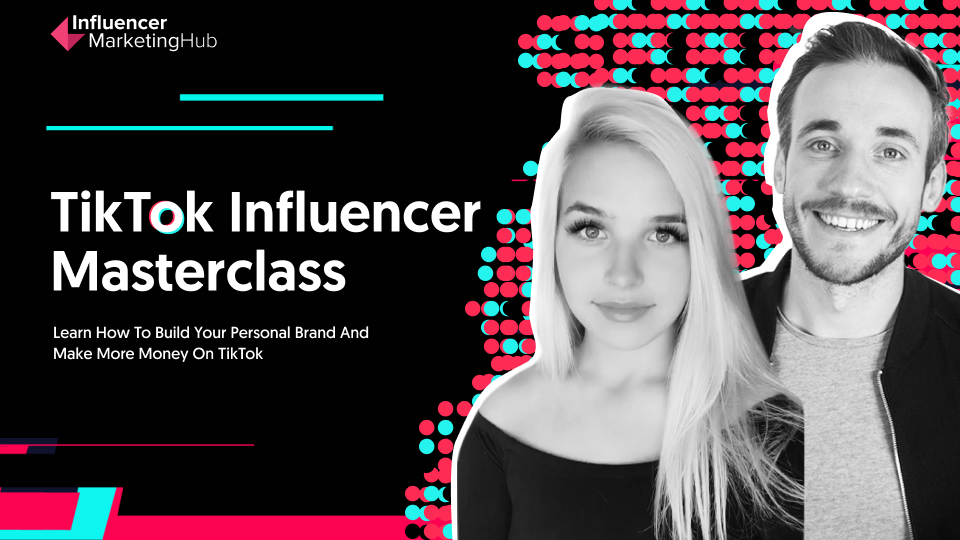
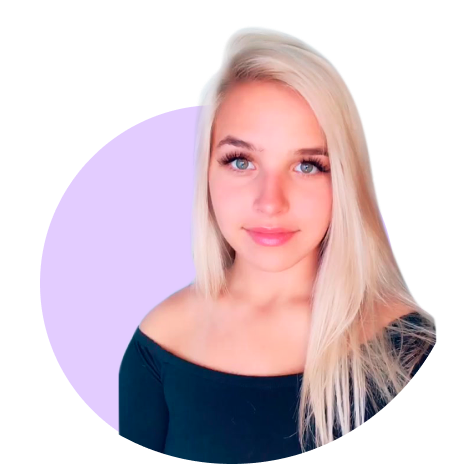 Shelby Leimgruber
Shelby Leimgruber 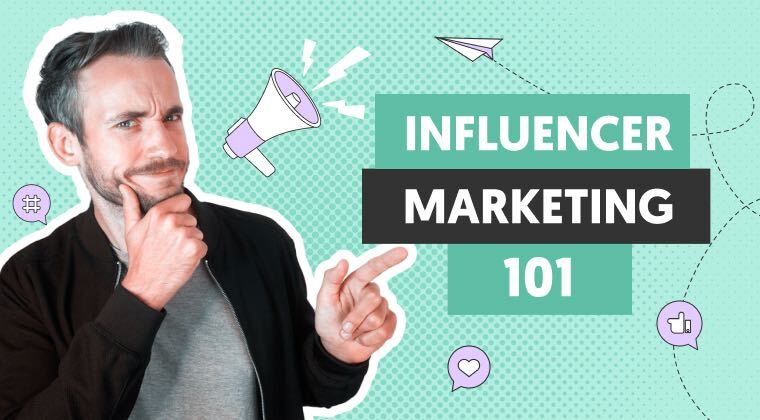
 Ed Lawrence
Ed Lawrence 
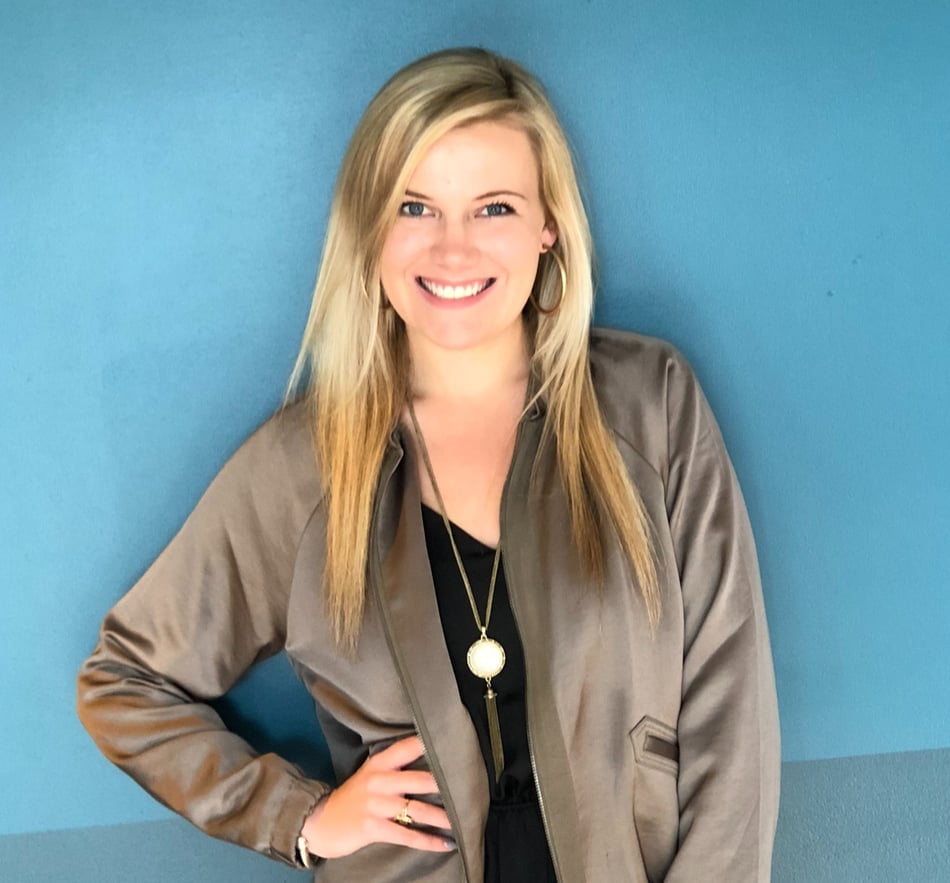 Whitney Williams
Whitney Williams 
 Margot Underdown
Margot Underdown 
 Zach Lepard
Zach Lepard 
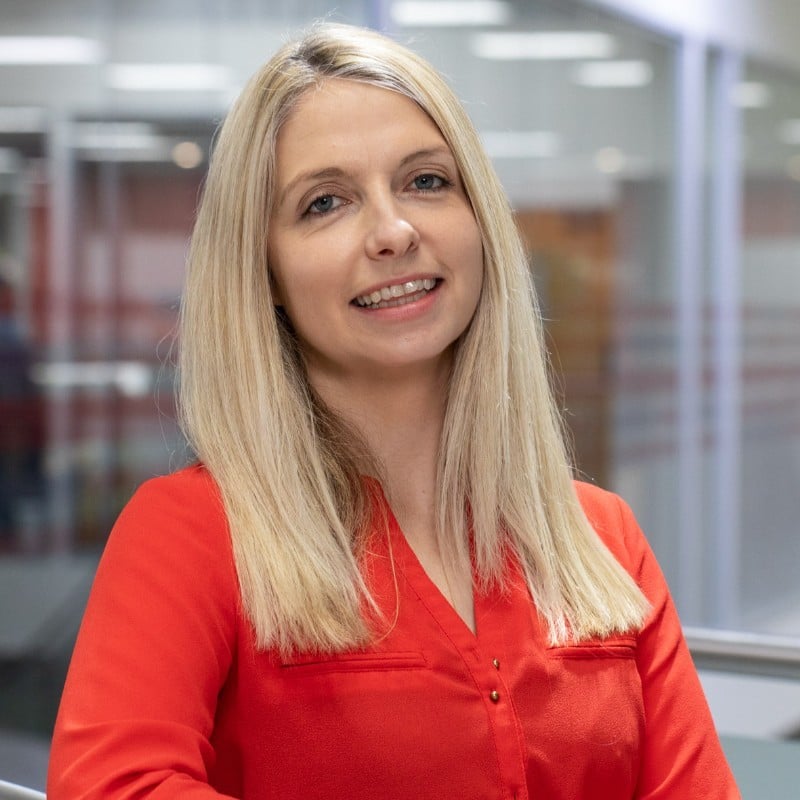



 Kara Susvilla
Kara Susvilla 
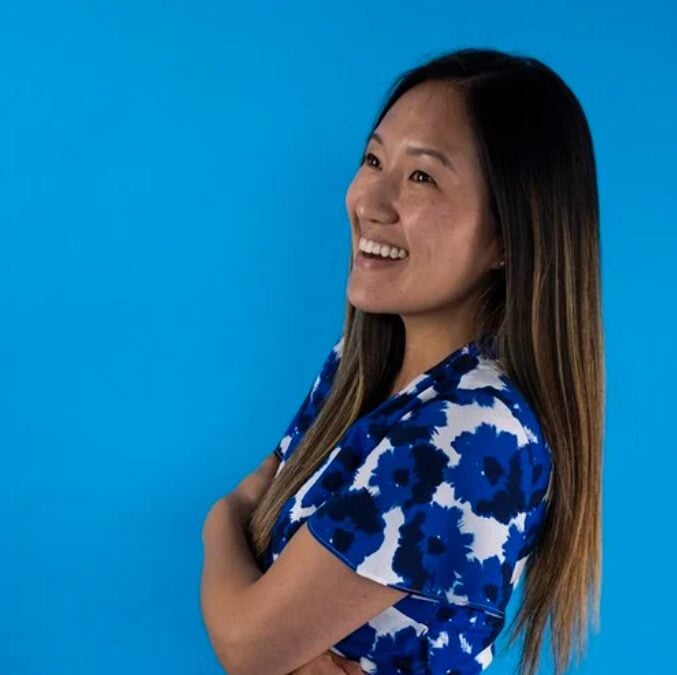 Anni Kim
Anni Kim 
 Elise Darma
Elise Darma How to Become an Influencer: 10 Easy Steps to Becoming a Social Media Influencer Today:
How to Become a Social Media Influencer in 10 Steps?
Everyone has their own journey when it comes to becoming a social media influencer. Some people get overnight fame, while others build a platform over time. Either way, the following steps will help you reach your goal of becoming an influencer.
Step 1: Choose a Niche
Your niche is like your playground, and you need to pick one that genuinely interests you. It could be fashion, travel, food, fitness, beauty, or even something as specific as luxury watches. The idea is to select a domain and stick to it so that you ultimately become an authority in that space.
After you've chosen a niche, carve a name for yourself and establish your personal brand. There should be something that differentiates you from others in your niche.
Take Xenia Adonts as an example. She's a fashion influencer, but her sub-niche is luxury fashion. Her content specifically appeals to people interested in designer brands and upmarket fashion.
@xeniaadontsit may rain outside but prada brought the sunshine hehe♬ Life Will Be - Cleo Sol
Loren Gray is also a fashion influencer. However, her content revolves around cute, mid-range, everyday outfits for Gen Z. Plus, she posts makeup-related content, too. So, even though both influencers are in the same niche, they have carved out their own sub-niches.
Scott Lieberman, Founder of Touchdown Money, explains it quite well by saying,
"For Influencers, it's not only about the size of your audience; it's about having the right audience who is engaged with your content."
He further says,
"Speaking to a general audience isn't nearly as powerful as speaking to a group that's passionate about your topic (niche) and absolutely loves your content."
When you build a name for yourself in a niche, this is the kind of specialized audience you build. Since they're interested in your niche, they'll be interested in purchasing products or services that you recommend.
Step 2: Brush Up on Your Content Creation Skills
Both audiences and algorithms want to see high-quality content, especially if you have a presence on a predominantly visual platform such as YouTube, Instagram, Snapchat, or TikTok. So, beyond your niche knowledge, you must have strong content creation skills.
Ideally, you should have a professional camera to shoot your content. However, for most beginners, that's not a feasible option. Don't worry; you can use your phone instead.
Make your content engaging by using different video editing techniques and filming styles. Also, master tools like TikTok's built-in editor, CapCut, Canva, and InShot, to name a few. Invest in paid plans to get their full functionality, as it will upscale your content.
Besides video editing, get familiar with SEO, analytics, and social media marketing tools. For example, learn how to use social media scheduling tools like Hootsuite or Buffer to schedule posts and track your social media performance.
As for content creation, you can learn it from fellow creators online. For example, Aron Sogi is a video strategist who shares video production and marketing tips on TikTok.
@aronsogi Tiktok editing tutorial, if you are thinking of editing Tiktok videos in the app this is going to be super helpful for you. Learn video editing #videoediting #editing #tiktokediting #howtoedit #editingtutorials ♬ Blue Blood - Heinz Kiessling
Alternatively, enroll in a course to learn influencer marketing from the pros. The Influencer Marketing Strategy course from Rutgers University is a good option. Skill Share also has influencer marketing classes for quick learning.
We have a guide on the best influencer marketing courses that you can use to find a suitable course for yourself.
Step 3: Understand Your Audience
Being an influencer is all about being relatable to your audience. You can only do that if you know what your audience wants to see. According to Gareth Crew, EMEA social media manager at Garmin,
"To be a better marketer and social media person, you need to figure out what the audience actually wants, what will capture their imagination, and make sure that you can drive your objectives at the same time."
Platform analytics are the first step to learning about your audience. You can use the analytics tab on the social media platform to see the demographics and interests of your audience.
As for their content preferences, simply ask them. On X or Instagram, you can hold a poll or use the question sticker to gather insights from your audience. The same works for Facebook. On TikTok, the comment section tells you all you need to know about what your audience wants to see.
Lydia Berry, co-founder of @darlington, explains,
"It's very important to be in tune with what your audience is engaging with because that can inform the type of content you are creating."
You can use analytics tools, social media listening tools, self-evaluation, and audience feedback to attain this knowledge. Know that audience preferences may change over time; constant monitoring will keep your relevance evergreen.
Step 4: Decide on Social Media Platform(s)
The selection of a platform usually depends on your target audience. For example, if you want to target young adults, Instagram and TikTok are good options. Statista data shows that people aged between 18 and 34 make up the largest share of Instagram users. Similarly, older adults mostly use Facebook.

Distribution of Instagram users worldwide by age and gender
Apart from age, gender and interests also play a role in platform selection. For example, if your audience is mainly young professionals, LinkedIn or X will be more suitable than TikTok. Your content type also plays a role in this decision. For example, if your content is more visual, opt for YouTube, Instagram, and TikTok. For textual posts, X, Facebook, and LinkedIn are better.
You don't necessarily have to limit yourself to one platform. Start with one or two platforms and see how your audience responds. Then, brand out based on audience insights and personal preferences.
Selena Beaumont, the Creator Relations Coordinator at Captions, suggests,
"Instead of forcing yourself to use a platform that you're unfamiliar with, flat out dislike, or is trendy, I encourage creators to think about the social media platforms they do enjoy, why they enjoy them and start creating content from there."
Whichever platform/s you use, familiarize yourself with its algorithm and the types of content that perform well on it. The more you know about the platform, the more you'll be able to make out of it.
Features Instagram TikTok Facebook LinkedIn X Engagement Rates 1 - 5% 5 - 10% 0.5 - 1% 1 - 3.5% 0.2 - 0.9% User Demographics Gen Z and millennials Gen Z and millennials Millennials and Generation X Millennials Gen Z and millennials Primary Use Visual content Viral trends and entertainment Community building Professional networking Networking, news updates, discussions Popular Industries Lifestyle, fashion, beauty Entertainment, beauty, music, fashion Retail, media, entertainment B2B, tech, education, finance Media, journalism, tech Preferred Content Type Photos, Reels, stories Short videos, trends, dances, challenges Mixed media, text, videos Long-form articles and bite-sized updates Text posts, videos, polls Content Length Short to medium Short (usually up to 1 minute) Long Long Short Discoverability Hashtags and explore page For You page and hashtags Shares, hashtags, groups Connections Retweets, hashtags, feed
Step 5: Start Building a Community
Your social media presence is not merely a business but also a community. It's not about the number of followers you have but the engagement and connection you create with them. Higher engagement rates get you higher rates for brand deals and sponsorships.
The most obvious way to engage with your community is to respond to their comments. Lydia Berry recommends,
"Carve out 20-30 minutes immediately after you post to make sure you're swiftly responding and engaging in conversation with the comments left by your audience."
But that's not the only method. As Selena Beaumont explains,
"Some (influencers) use broadcast channels more like daily diaries, while others give insight into themselves and their lives through vlogs or via timed updates like IG Stories. Other creators send personalized messages to each new follower."
For example, FaZe Rug (@fazerug) uses his Instagram broadcast channel to keep his audience engaged. He shares his posts, inspirational messages, giveaways, and discount codes in this group.

FaZe Rug Instagram broadcast channel
In addition, you can run live streams or hold Q&A sessions to engage with your community in real time. Our guide to community management on social media provides more insights.
Create an Email List
X and LinkedIn influencers can also create an email list of their most engaged followers. An email list allows you to reach out directly to your most loyal fans without having to worry about algorithms or platform changes.
Collect emails by offering exclusive content, such as a free ebook, a template, a course, or access to a private Facebook group. Then, use your email list to share information about your brand deals and collaborations. X affiliate marketers can also use their email lists to promote products and services, earning a commission for each sale.
Use a bulk email marketing service to streamline this process. These tools allow you to automate email scheduling and personalization for better results.
Step 6: Build Your Personal Brand
As mentioned, your social media presence is like a business. So, it must have a unique brand identity and aesthetic. Depending on your niche, you can create a logo and brand kit for your online presence. Even better, create a website where you can share more information about yourself and your work.
As Zig Ziglar, Founder of Ziglar Performance Group, puts it,
"If people like you, they will listen to you, but if they trust you, they'll do business with you."
As an influencer, you want the latter, and your personal brand will help you achieve that.
Your personal brand depends on your personality and niche. For example, fashion influencers go for aesthetics, while gaming influencers may opt for a more playful and humorous tone.
Amy Ward (@amysbudgeting) is a money and motherhood influencer. Her brand is built around her values of helping mothers and families budget and save money. She uses a bright color scheme and posts aesthetically pleasing photos with inspirational quotes and budgeting tips.
On the other hand, Catarina Mello (@professionaltraveler) is a travel influencer. Her content is focused on adventure and luxury travel experiences. She has a more sophisticated and elegant aesthetic, with stunning photos from her travels and informative captions about her destinations.
Whatever you choose, be consistent in it. As Jason Hartman, an investor, says,
"Your personal brand is a promise to your clients… a promise of quality, consistency, competency, and reliability."
Use the same fonts, colors, filters, and voice across all your social media platforms to create a cohesive brand. You'll be more memorable for your audience this way.
Optimize Your Social Media Accounts
Here are some tips to optimize your social media accounts to reflect your personal brand:
- Fill out your bio completely. Include your website, niche information, affiliate links, or anything else that can help your audience get to know you better.
- Include high-quality profile and cover photos that align with your brand aesthetic.
- Use keywords in your bio, headline, or "about" section to help people find you through search.
- Include contact information so that brands or potential collaborators can easily get in touch with you.
Selena Beaumont offers good advice on this:
"To make things easier, creators should consider making information like what country they're located in and the best business email to reach them easily accessible in their bio or on their website."
Step 7: Create Your Content Strategy
By now, you have quite a framework to work with. You're all set to start creating content and sharing it with the world. For that, you need a posting schedule and content strategy.
Consistency is not just a buzzword. Christine Colling, social media manager at Later, says,
"The more consistent you are, the more your community will get to know you — which in turn builds trust and gives them a reason to engage with your content."
However, don't set unrealistic standards for yourself. The posting frequency you choose should be doable. Christine recommends,
"Set your own pace and create a reasonable content calendar — it doesn't have to mean posting every single day."
The posting schedule also differs based on the platform and the number of followers you have. For example, Later's research found that macro influencers post about 3 feed posts a week while nano accounts post just 2.

Instagram posting frequency
Let's say you've decided to post 4 times a week on TikTok and Instagram. You want to post 2 Reels and 2 feed posts on Instagram and 4 videos on TikTok. Create content in batches and schedule it so that you're not constantly scrambling to create new content. You can select a tool from our selection of social media posting and scheduling tools.
Try to stay at least a week ahead of your posting schedule. This will give you time to review your posts, engage with your audience, maintain a work-life balance, and engage with brands in in-person events or trips.
Helpful Tips
Semrush has a free content strategy template that you can use to plan your content based on audience and resource analysis. You should also look at fellow influencers and learn from their approach to streamline yours.
Step 8: Set Up Income Stream(s)
As you build a following, you can start setting up new income streams. Besides brand sponsorships, you can look into affiliate marketing, selling merchandise, creating digital products, and hosting events or workshops. For example, if you're a finance influencer, you can create and sell your course or templates once you gain a loyal following.
Suppose you're an eSports influencer. You start posting your gaming content on TikTok. From there, you can expand to Twitch and earn money through live streaming. Similarly, Instagram influencers can expand to YouTube and monetize their videos with ads or sponsored content.
Take Tomi Obebe (@goodtimicha) as an example. She's a lifestyle influencer who has three income streams:
- Brand partnerships: 70% of income
- Affiliate sales: 20% of income
- Freelance consulting and content creation: 10% of income
You don't necessarily have to wait for businesses to come to you. Create a press kit and pitch yourself to potential brand partners. Also, sign up on influencer marketplaces to be connected with brands looking for influencers in your niche.
Data from Later shows that 91% of social media creators have 1 to 5 revenue streams. While 94% earn from brand partnerships, 68% regard both freelance content creation (user-generated content) and affiliate marketing as the second most important income sources.
Step 9: Collaborate and Network to Grow
Collaborations, either with brands or fellow influencers, help you get noticed by their audiences, too. There are three ways you can network as an influencer.
Reach Out to Businesses
Choose suitable businesses based on similarities between your target audiences and niches. Then, propose ways you can work together, like paid promotions or giveaways. Make sure you have a comprehensive press kit to show a brand. It should include information like personal details, engagement rates, audience demographics, and previous brand collaborations. We have a detailed guide explaining how to create a winning influencer media kit to take inspiration from.
Collaborate With Other Influencers
Current influencers who have made it big in their niches swear by the potential of collaborations. For example, Erst, an online gaming creator, says,
"Collaborate with other creators. A new viewer will likely like you if they know you like the other creators they frequently hang out with. A new viewer will certainly NOT like you if they know/feel you don't like other creators they frequently hang out with."
Work with influencers who have the same vibe as you so that the content doesn't come off as forced. You can collaborate on mutual videos, live streams, challenges, Q&As, or even social media posts.
For example, Celina Spooky Boo and Kris HC frequently post videos on each other's TikTok profiles featuring both of them.
@celinaspookyboo Four years with my beat friend, cant wait for our next adventure @Kris HC ♬ original sound - CelinaSpookyBoo
Similarly, Dr. Mike, a YouTube-famous doctor, invites other medical influencers to join him on his YouTube channel for video collaborations. He also appears on other creators' channels, boosting both the parties' audiences.
Attend In-Person Events
Nowadays, brands host events for influencers to network with one another and create content for the brand. Besides brand events, brand trips and getaways are also common. If invited, you should definitely attend these events, as it's a great opportunity to meet other influencers.
You can also host in-person events such as pop-ups or meet-and-greets. For example, Chloe Sappern, co-founder of @darlington, explains with an example,
"In-person events also help inform what your audience connects to. Cameron Oaks Rogers hosted a meet-up in NYC last fall and was able to speak directly with her community about what they enjoyed and what they wanted more of in terms of her content."
You can do the same to learn more about your audience.
Step 10: Keep Up With Trends and Adapt
Selena Beaumont explains that one of the challenges faced by influencers is the continual change in platforms and the influencer marketing industry itself. She says,
"Creators usually find themselves susceptible to platform changes, from new feature releases to reprioritization of different types of content, to a completely new direction for the algorithm, usually with short notice."
Know that change will be inevitable. The only way to put up with it is to adapt. Keep an eye on algorithm changes, and change your content accordingly. When jumping on new trends, don't replicate others. Instead, provide your fresh take on it.
Sometimes, the change may not come from the platform but from you. Suppose you're a tech influencer, but you also occasionally post about your gardening hobby. You may notice that your audience engages more with your gardening posts than tech posts. In that case, you could shift your focus to gardening and provide more content related to that.
That's what Cameron Oaks Rogers did, as explained by Chloe Sappern. She says,
"Cameron Oaks Rogers (formerly Freckled Foodie) was creating content in the food space, but after announcing her first pregnancy, she realized her audience was engaging more with her motherhood and lifestyle content, which ultimately led to her rebranding her social media handles, and podcast name."
The key is to focus on what your audience wants. Be in tune with their preferences, and be open to evolving with them.
Starting Your Influencer Journey
With these tips in mind, you can kickstart your influencer marketing journey today. Start with niche selection and then go on to content strategizing, audience insights, platform selection, and leveraging change for growth.
We've discussed quite a lot of insights from successful influencers and marketing experts to help guide you through this process. For more information, you can check out our influencer marketing strategy guide.
Remember that becoming an influencer is a process that takes time and effort to yield results. So, you can't expect to become an influencer overnight. However, if you keep following these tips, you can become an influencer and start making money online.
Frequently Asked Questions
How many followers do you need to be an influencer?
To be an influencer, in many people’s opinions, you need at least 1,000 followers or subscribers. To join the YPP, influencers need at least 1,000 subscribers with more than 4,000 “valid public watch” hours over the past 12 months. In addition, YouTubers need an AdSense account.
How do you start off as an influencer?
10 Steps to Becoming a Social Media Influencer:
- Choose a Niche
- Brush Up on Your Content Creation Skills
- Understand Your Audience
- Decide on Social Media Platform(s)
- Start Building a Community
- Build Your Personal Brand
- Create Your Content Strategy
- Set Up Income Stream(s)
- Collaborate and Network to Grow
- Keep Up With Trends and Adapt
Do influencers get paid?
Yes, influencers get paid.
- Nano influencers (1000 - 10,000 followers): $10 - $100 per post
- Micro influencers (10,000 - 50,000 followers): $100 - $500 per post
- Mid-tier influencers (50,000 - 500,000 followers): $500 - $5,000 per post
Can anyone be an influencer?
Nowadays, almost anyone can become an influencer on social media as long as they put in the work. Content creators can specialize in niches, and many micro influencers will often have hundreds to thousands of followers.



